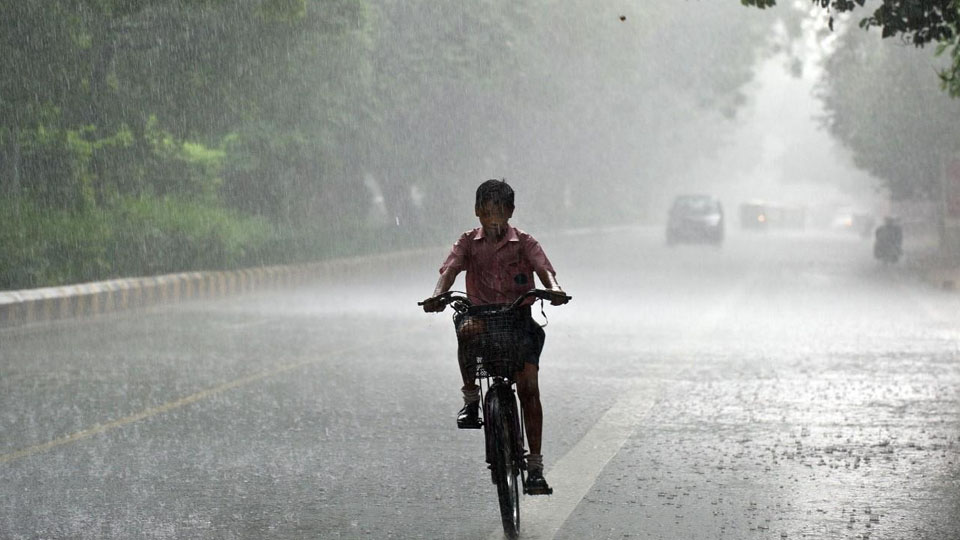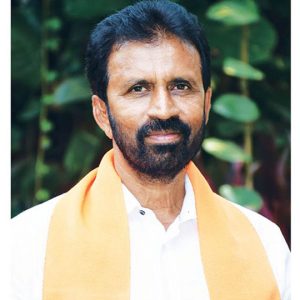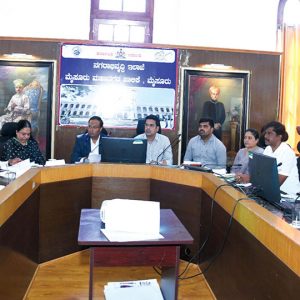Going by reports from different regions of the country, its 731 districts have witnessed contrasting features of this year’s South-West monsoon, which has drawn its curtain down to be followed by its North-East version. Hardly any reservoir has not got its full capacity of water, some of the dams getting overfilled forcing the authorities to keep all the crest gates open to the maximum extent, a few even posing threat of getting totally submerged. People of Mysuru, Mandya and Bengaluru districts don’t have to zero in to the columns of dailies to read with bated breath the figures of water levels in the reservoirs from where their drinking water needs are meet twelve months in a year. Fear is bound to lurk in the minds of people with keen civic sense about the aam janata once again taking access to water for granted and resume their time-honoured act of wasteful and irresponsible ways with water supplied at great cost. Even the delay in the setting of N-E monsoon may not awaken them on the imperatives of keeping water use to the absolute minimum.
Mysureans are known to be least perturbed by reading (if at all) in the dailies about both scanty rains and excessive rains in different parts of Karnataka, apart from devastating floods in many rivers of north and north-east regions of the country, forcing mass shifting of the affected people and their belongings, including livestock to relief camps. Personnel of armed forces as well as paramilitary contingents have virtually broken their backs in rescuing the people in lakhs.
Not many in the districts of Karnataka may visualise the volatile nature of monsoon, conveniently feeling a sense of euphoria about lakes, which had run dry, getting water to their brim. Much worse, the civil society, in the august company of industrial units in the vicinity of rivers and other water bodies are yet to respond to the call of the authorities in different parts of the State not to indulge in senseless acts of encroaching to satisfy their greed for land, letting effluents into the river beds both openly and clandestinely, polluting the lakes by littering their banks and also blocking the pathways of water-flow into the lakes that are the only source of water for keeping the water table at ideal levels.
Various voluntary organisations as well as educational institutions have come out in the open in many cities including Mysuru to create awareness about remaining focussed in the matter of managing the gift of nature. Monsoon does give warning once in a few years on the consequences of taking it for granted. In short, the writing that India will be critically short of water to the extent of 40 percent in 10 years time is on the wall, while the land’s people at large continue to remain unaware.








Recent Comments